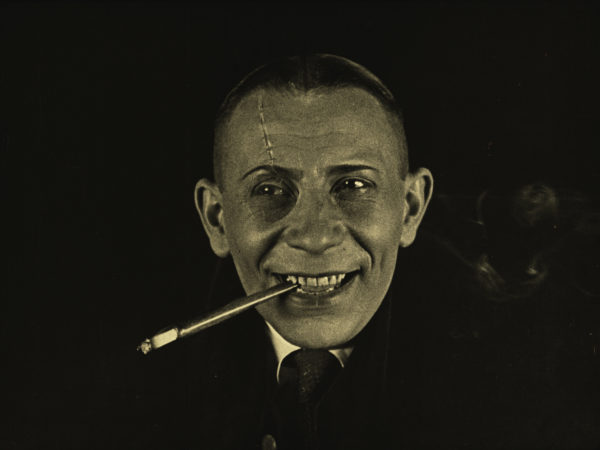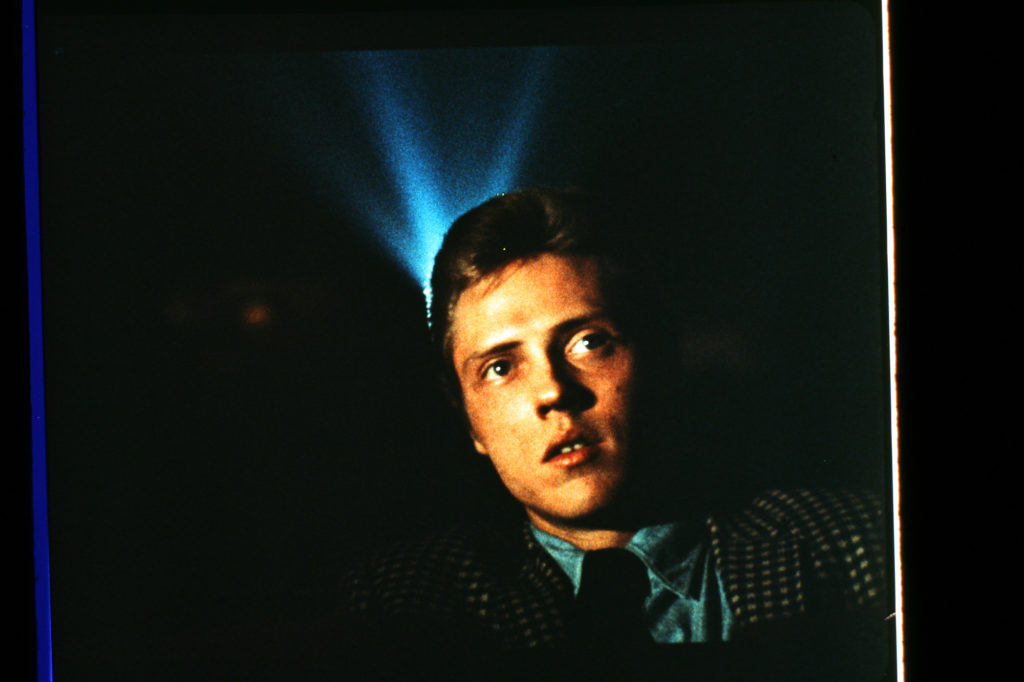
By Daniel Eagan
Running now through February 6, the Museum of Modern Art’s To Save and Project opens a unique window into world cinema. Now in its 18th season, the series focuses on newly preserved films that in some cases have not been available for decades.
Organized by Josh Siegel, Curator, Department of Film, and independent consultant Cynthia Rowell, To Save and Project includes 60 films from 19 countries. This year’s series features several works by women filmmakers and examples of Black cinema ranging back to 1898.
Of special interest this year are problematic films: works that were censored, banned, re-edited, or otherwise hidden from public view. They include Kuhle Wampe, or Who Owns the World? (1932), a collaboration between director Slatan Dudow and writer Bertolt Brecht; The Crown Jewels of Iran (1965), a documentary screened by the Shah of Iran but prohibited to Irani citizens; and Algeria Year Zero (1962), a documentary banned in both Algeria and France.
The series showwcases some of the most significant names in cinema: Buster Keaton (The Navigator, 1924), Jean Renoir (The Lower Depths, 1936), Robert Frank (Me and My Brother, 1965–68), and Orson Welles (F for Fake, 1973).

It also ranges over the entire history of cinema, from animation, documentaries, experimental films, and musical shorts to blockbusters like Carol Reed’s Oliver! (1968) and The Wonderful World of the Brothers Grimm (1962), painstakingly restored from original, three-camera Cinerama prints.
Films that were not officially banned were sometimes censored or re-edited. Take Blind Husbands (1919), Erich von Stroheim’s first work as a director. Shot during the height of anti-German fervor, the movie starred von Stroheim as a Prussian soldier intent on seducing an American wife who is touring the Alps with her husband.
Stroheim’s work could have startling psychological complexity, even when he leaned toward sensational melodrama. He developed his persona as “the man you love to hate” in later films like Foolish Wives, and is perhaps most famous for adapting and directing Greed. Blind Husbands climaxes with a mountain-top confrontation that looks insanely risky today. This new print restores the original tinting and includes several extended scenes that were cut during the film’s re-releases.
Each version of To Save and Project has its share of surprises. For me the biggest discovery was Suzanne Suzanne (1982), a half-hour documentary directed by Camille Billops and her husband James Hatch. With home movies, photographs, and interviews, the film explores the life of Billops’ niece, a recovering drug addict who talks about the abuse she suffered at the hands of her father. Deeply personal yet even-handed, Suzanne Suzanne has a clarity and focus missing from many documentaries.
The organizations providing films for the series are a who’s who of preservation experts: Lobster Films, the UCLA Film & Television Archive, the Academy of Motion Picture Arts and Sciences, the Film Foundation, the Sundance Institute, the Deutsche Kinemathek, the Munich Filmmuseum, the Academy Film Archive, the George Eastman Museum, the Anthology Film Archives, The Library of Congress, and many more.
By using Kickstarter and other crowdsourcing groups, nonprofessionals now take part in restoration and preservation. Silent film accompanist Ben Model has released several collections of films through his Undercrank Productions. To Save and Project will be showing four shorts starring Edward Everett Horton that appeared on Model’s latest DVD: Edward Everett Horton: 8 Silent Comedies.
Horton was a familiar figure in sound comedies and later as the narrator of “Fractured Fairy Tales” in Rocky & Bullwinkle. He starred in a few pre-Code comedies at the start of the sound era, but his very entertaining silents were largely forgotten before Model’s DVD.
Model will also be accompanying the silent action thriller The Fire Brigade (1926), restored by the Library of Congress to its original two-color Technicolor and Handschiegl spot coloring.
The series ends with a week-long run of Valerio Zurlini’s La prima notte di quiete (Indian Summer) (1972) in its original, uncut Italian version. Starring Alain Delon, Giancarlo Giannini, Sonia Petrovna, Alida Valli, and Léa Massari, it takes place in a Rimini vastly different from the one Fellini portrayed in Amacord.
To Save and Project is indispensable as a snapshot of the current state of preservation, and as a survey of world cinema. It is surprising and enriching, asking us to change the way we view movies. One title that made an especially strong impression in this series is Die Verlorene (The Lost One) (1951). It stars Peter Lorre, who also cowrote and directed.
Lorre appeared in several exceptional films, notably M, Fritz Lang’s international sensation. Although he worked with directors like Alfred Hitchcock and John Huston, his small stature and exaggerated features eventually typecast him as figures of menace in a succession of often forgettable thrillers and horror films.
Die Verlorene marked Lorre’s return to his European roots and is his only outing as a director. The story opens in a displaced persons camp after World War II, where Lorre is the kindly Dr. Neumeister, head of the camp clinic and a physician at a nearby hospital. Flashbacks reveal his past as a scientist whose bacteriological experiments draw the attention of Nazi officials.
Lorre was an excellent director of actors, as might be expected. He elicits strong, realistic performances from his cast, defining his characters through their psychological quirks. He also had an eye for complex compositions, staging scenes that extend through several levels and planes. And his grasp of tension and suspense is superb.
He’s a dark, ambiguous figure in the movie, often draped in black, only his face visible in the shadows. His motives are unfathomable. As the plot emerges in flashback we see him conducting grotesque experiments on animals. He’s blackmailed into turning on his lover, only to be trapped in a claustrophobic relationship with her mother.
Die Verlorene is a pitch-black film noir that deserves rediscovery. Not all of the plot succeeds. But in its moral complexity, its sensitivity to its characters, its unwillingness to judge good and evil, it is as provocative and disturbing as the best thrillers.


Share this post